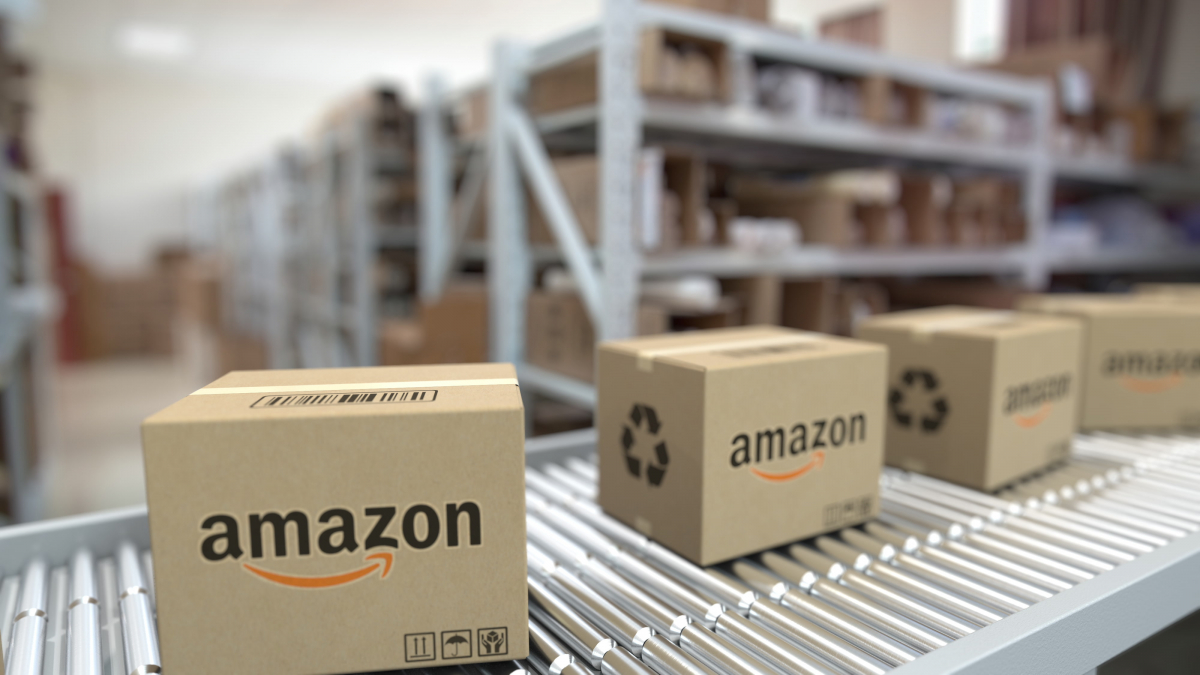How FBA dealers don’t get collateral damage during the holiday season
As a fulfillment partner for its marketplace retailers, Amazon has built up a logistics empire over many years that performed immensely well at the individual locations. Amazon sellers paid comparatively cheap logistics service fees because Fulfillment by Amazon (FBA) saved them from having to deal with logistics processes. At the same time, the Prime certification fueled their sales. The company’s own growth as well as seasonal peaks were smoothly cushioned by Amazon FBA. Actually the dream state of every retailer.
However, this dream has been over since the outbreak of the corona pandemic. Marketplace partners found that Amazon can make decisions in this model that the individual provider cannot really defend against. Products that Amazon did not consider essential to life in the pandemic were simply no longer accepted. There might even have been a demand for it on the marketplace.
Although Amazon has again invested immensely in expanding its own logistics capacities in 2021, there are already indications that logistics bottlenecks could arise again before the Christmas business. Again, Amazon could set the rules of the game according to its own taste. And some FBA dealers would then not be able to carry out the business that they could actually do on Amazon during their peak sales period because they are not provided with logistics capacities or the services are so unfavorably priced that processing via FBA is no longer profitable. According to a current DVZ report, the continuously increasing rules and regulations of Amazon are already leading to individual freight forwarders exempting their carriers from the obligation to deliver to Amazon.
In addition, in anticipation of the peak season, Amazon is increasingly starting to question and optimize the range of stocks. This means that goods are returned in an unstructured manner without prior information, so that the supplier cannot simply collect them again.
Anyone who gets into the situation where Amazon’s own assortment is blocked in the receiving department should be prepared and have a plan B ready. In principle, there are two ways to implement the logistics outside of Amazon:
a) The dealers organize it themselves in an existing warehouse setup or in a warehouse setup that you develop yourself.
b) Dealers look for a logistics service provider who takes care of the processing for them.
Regardless of which solution you choose – in view of the approaching Christmas business, companies are always faced with a sporting task. But it’s not completely too late yet.
Anyone who wants to rely on outsourcing should be aware that the order situation with fulfillment service providers is currently so magnificent that they can more or less choose their customers. Retailers looking for a fulfillment service provider shouldn’t be surprised at the moment if an offer is never received on their own request.
The fulfillment providers are primarily interested in partners who have a business that is as plannable as possible, who can show a lot of focus on just a few items, and who sell standard items that, due to their basic consistency, can be shipped. Dangerous goods or fragile goods, on the other hand, are less popular in the logistics centers.
So that service providers can submit their offer quickly without additional clarification effort, retailers should set up their request as structured as possible and address all relevant aspects of the business right from the start. In this way, they also ensure that they will receive comparable offers from the service providers afterwards. Because there is not much time left for the selection. After all, it usually takes at least three months from the invitation to tender to the implementation of the cooperation. So a planned change for 2021 is already a special case – and this requires the willing cooperation and interest of the service provider in this new business. Then new projects can also be onboarded at very short notice, within a few weeks.
The crucial question is usually not the physical logistics, but the competence of the IT connection. Structured data from standard systems on the part of the retailer for order and inventory transfer to the service provider are of considerable advantage here.
An alternative to outsourcing is self-provision. Here the dealer stays in the driver’s seat and can decide for himself how much energy and resources he wants to invest in logistics. Anyone who already operates B2B logistics in their own company is often well advised to take a quick step not to adapt the existing structure and organization to B2C, but to set up their own warehouse organization with their own merchandise management system for B2C logistics. As a rule, B2B logistics are not able to map the small parts and speed of B2C logistics for Amazon. In addition, many storage systems are not designed for individual items, but for packaging units, outer boxes and pallets.
Anyone who has not yet handled end customer logistics must first organize the necessary storage space. A fallback solution could be to rent somewhere or, if necessary, to initiate flexible logistics from the garage.
Anyone who already operates professional logistics for their own web shop but has outsourced the market business for capacity reasons must either quickly build up additional capacities or change the prioritization at the expense of their own online shop in the direction of Amazon. Because when goods are no longer available on the Amazon marketplace, you not only give your competitors the chance to sell the item, but also fall behind in the ranking, since items without inventory lead to minus points in the listing logic, which are not that quick either are catching up again. If in doubt, retailers prefer to reduce order processing in their own web shop.
The first step for a largely smooth Christmas business is to deal with the fact that problems could arise for which you are not to blame in the first step. Companies need to be aware that Amazon sometimes has to accept collateral damage in an effort to keep the whole big apparatus running. Because the potential influx of companies that want to sell on Amazon is still unchecked. Whenever a dealer is no longer available, a new one always follows. Marketplace traders need to prepare so that collateral damage at Amazon does not turn into insolvency of their own company. The bad news: the clock is five to twelve. The good news: So it’s not too late.



